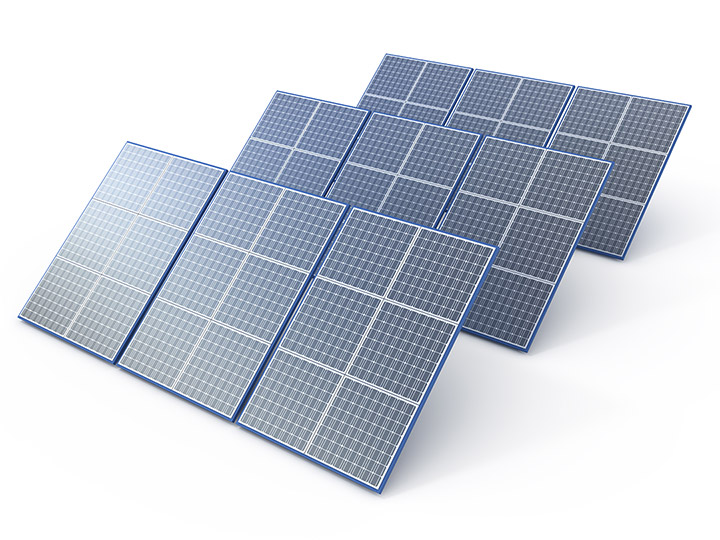To calculate the distance between the front and rear of solar photovoltaic panels, you’ll need to consider several factors, including the dimensions of the panels, the tilt angle of the panels, and any mounting structures or racking systems. Here’s a step-by-step guide on how to calculate this distance.
- Gather Information:
- Determine the dimensions of the solar panels. Typically, you’ll need to know the length and width of each panel in meters or feet.
- Determine the tilt angle of the solar panels. The tilt angle is the angle at which the panels are mounted relative to the horizontal plane. It is measured in degrees.
- Calculate the Height of the Solar Panel:
- If the panels are mounted horizontally (tilt angle = 0 degrees), then the height of the panel is equal to its thickness or depth.
- If the panels are tilted at an angle θ from the horizontal plane, you can calculate the height (H) using trigonometry: H = Thickness × tan(θ)
- Determine the Mounting Configuration:
- Consider how the solar panels are mounted or installed. Are they flush against a roof or mounted on a ground-based racking system? The mounting configuration can affect the distance between the front and rear of the panels.
- Calculate the Distance:
- If the solar panels are flush-mounted on a roof, the distance between the front and rear of the panels is equal to the height of the panel, as calculated in step 2.
- If the panels are mounted on a ground-based racking system, you may need to account for additional clearances or spacing required for the mounting structure. This will depend on the specific racking system and any local building codes or regulations.
- In some cases, you may want to calculate the distance between rows of panels if you have multiple rows in your solar array. The distance between rows should provide adequate spacing to avoid shading between rows, which can reduce overall system efficiency.
Keep in mind that the above calculation provides a simplified estimate of the distance between the front and rear of solar panels. In practice, the actual installation may involve additional considerations, such as spacing for maintenance access, wind loading, and shading analysis. It’s essential to consult with a professional solar installer or engineer who can provide a detailed design based on your specific project requirements and local conditions. Additionally, local building codes and regulations may dictate specific installation guidelines for solar panel spacing.


